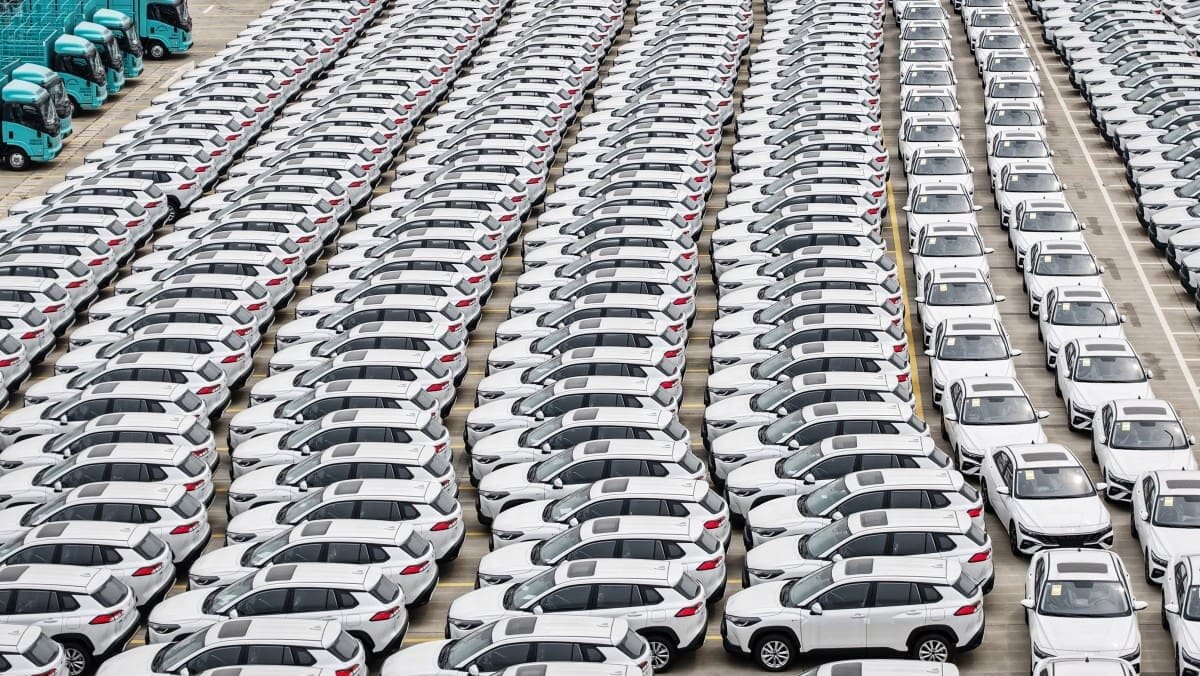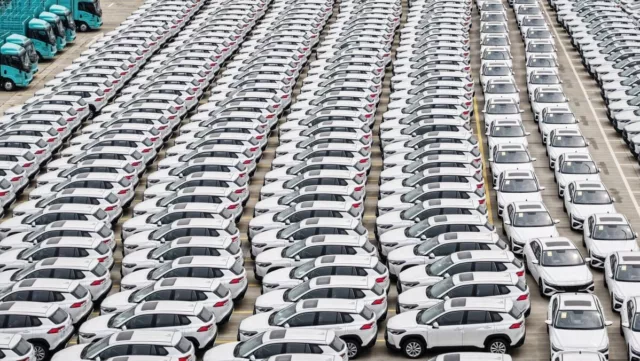
The global automotive industry is undergoing a seismic shift, driven by China’s meteoric rise as the world’s largest and most dynamic car market. Recent developments underscore this transformation: the merger of Japan’s Nissan and Honda, Volkswagen’s unprecedented decision to shutter factories in Germany, Tesla’s first-ever sales decline, and General Motors’ plummeting market share in China all point to a new reality. China’s dominance, particularly in electric vehicles (EVs) and hybrids, is redefining competition, leaving European and other foreign manufacturers scrambling to adapt.
Since the pandemic, China has solidified its position as the world’s top automotive market. In 2024, it achieved a historic milestone: EV and hybrid sales surpassed those of internal combustion engine (ICE) vehicles. Projections from industry analysts, including UBS, estimate that China will sell 12.5 million EVs in 2025—a 25% jump from 2024 and more than double the 6 million sold in 2022. Meanwhile, traditional ICE vehicle sales are expected to drop 15% from 2022, hitting foreign brands hardest. According to Shanghai-based consultancy Automobility, foreign manufacturers’ market share in China has dwindled to 35% in 2024, down from 64% in 2020.
Chinese brands like BYD, SAIC, Geely, NIO, and Xiaomi lead this charge, leveraging cutting-edge technology and unbeatable value. Their EVs are typically 25-35% cheaper than foreign competitors, thanks to economies of scale and vertical integration. For instance, BYD’s 2024 lineup, including the luxurious Yangwang U8 SUV—a $150,000 hybrid with crab-like lateral movement—captivated audiences at the Paris Motor Show. BYD sold 1.8 million units in 2024, a staggering 70% increase from 2023. Xiaomi’s SU7, priced between $30,000 and $45,000, also emerged as a showstopper, blending affordability with tech appeal.
In contrast, Tesla reported a 2% sales drop in 2024, delivering 1.78 million vehicles compared to 1.80 million in 2023. European luxury brands, once dominant in China, are also losing ground. Volkswagen, Audi, Porsche, Mercedes-Benz, and BMW held a combined 25% market share in China in 2020; by 2024, this had fallen to 14%. VW is now contemplating closing its Nanjing plant, a joint venture with SAIC, as China’s 100% tariff on ICE vehicles further squeezes traditional manufacturers.
Europe’s automotive sector, which accounts for 7% of the EU’s GDP and employs 13.8 million people, faces mounting challenges. In 2024, European car sales grew modestly by 4%, reaching 12.8 million units, but EV adoption lagged behind China. According to the European Automobile Manufacturers’ Association (ACEA), EVs made up 14.6% of EU sales in 2024, compared to over 50% in China. Stellantis, formed from the 2021 merger of Peugeot and Fiat Chrysler, saw profits plummet 40% in 2024, prompting talks of closing its historic Turin plant. Volkswagen’s planned factory closures in Germany—the first in its 87-year history—signal a broader crisis.
Europe’s slower pivot to EVs stems from higher production costs, fragmented charging infrastructure, and reliance on imported batteries. According to Bloomberg, while China produces 80% of the world’s lithium-ion batteries, Europe’s battery manufacturing capacity is projected to meet only 15% of its EV demand by 2030. European brands also face fierce competition from Chinese imports, which are often priced 20-30% lower. To counter this, the EU imposed tariffs of up to 45.3% on Chinese EVs in 2024, but companies like BYD are sidestepping these by building local plants, such as its $8 billion facility in Szeged, Hungary.
China’s automotive edge is rooted in its manufacturing prowess. Its industrial output surpasses the combined US, Germany, Japan, South Korea, and the UK. In 2023, China’s trade surplus in manufactured goods reached 12% of its GDP, bolstered by its control over 80% of critical materials like lithium, cobalt, and rare earths—essential for EV batteries and electronics. This dominance allows Chinese firms to innovate rapidly and scale production at unmatched speeds.
Japanese and Korean brands are also reeling. Nissan’s operating profits crashed 85% in 2024, forcing it to cut production by 15% and lay off 10,000 workers globally. Honda, facing similar pressures, sold only 1.1 million vehicles in China, down 20% from 2022. South Korea’s Hyundai-Kia, which once held a 7% share of China’s market, slipped to 3% in 2024.
Europe’s response
Europe is fighting back with investments in domestic EV production and green energy. Germany’s $1.1 billion subsidy for Northvolt’s battery plant and France’s push for localized manufacturing aim to reduce reliance on Chinese imports. However, Europe’s higher labor costs—30-40% above China’s, per McKinsey—hinder competitiveness. The EU’s Green Deal targets 30 million EVs on the road by 2030, but European brands risk ceding more ground without aggressive innovation.
Globally, the automotive sector, worth $3.5 trillion and 4% of world GDP, is at a crossroads. China’s ability to produce high-quality, affordable EVs has set a new benchmark. General Motors, once a pioneer in China with its 1998 Shanghai plant, saw sales collapse 60% in 2024, dropping to 16th place. Meanwhile, its US EV sales surged 25%, reaching 50,000 units, showing resilience in select markets.
As Chinese manufacturers like Chery partner with European firms—such as Ebro EV Motors in Barcelona—to localize production, the lines between competitors are blurring. The industry’s future hinges on adaptability, with China setting the pace and Europe racing to catch up.
Brussels’ climate policies have not served to boost European industry or, at least, to favor it in the transition. According to the data analyzed, China has benefited the most, absorbing European market shares while increasing domestic consumption by hindering foreign cars. Industrial suicide is evident. Something similar is happening in the renewables market since most solar panels are produced in China.
The strategy of the previous and the current von der Leyen Commission has not been to encourage the development of the country’s industry but to outsource it. The same logic has been followed in agricultural policy, with similar effects.






